A Look At The Shanghai Tower, The Newest And Tallest Symbol Of China's Rise [PHOTOS]
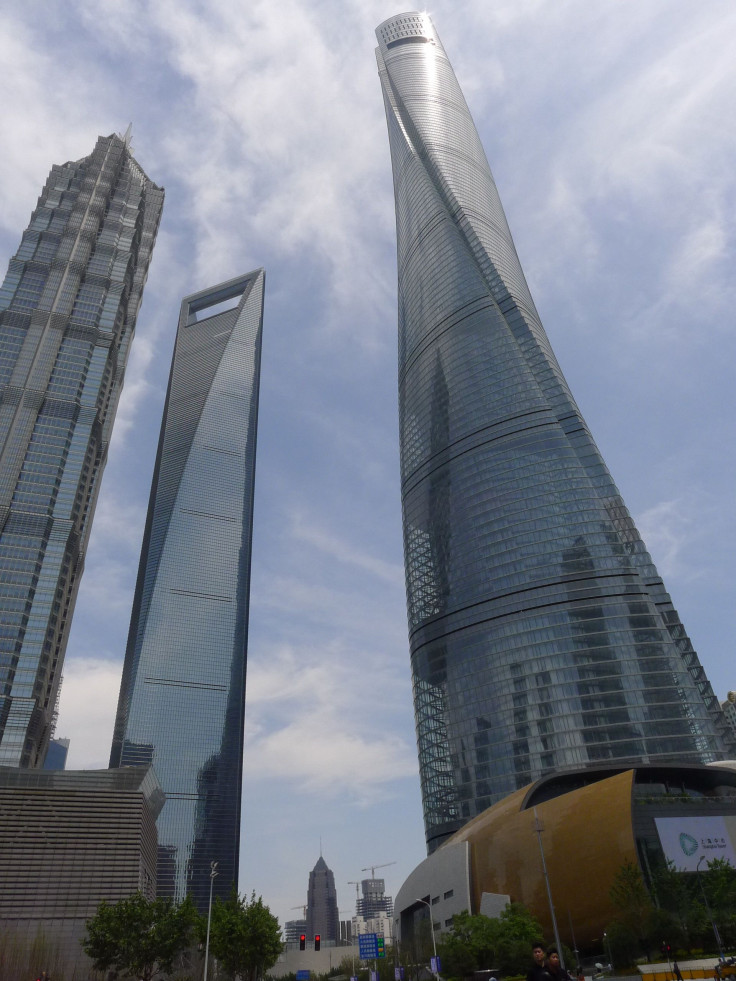
The observatory at the top of New York's One World Trade Center, the tallest building in the Western Hemisphere, opened on Friday with a ribbon-cutting ceremony in the 541-meter-tall (1,776 feet) tower. But this summer, China will surpass the United States when the Shanghai Tower, its new tallest building, opens. At 632 meters (2,073 feet) it dwarfs its two neighbors, the Shanghai World Financial Center (492 meters/1,614 feet), which was China’s tallest building from 2007 on, and its predecessor from 1998 to 2007, the Jin Mao Tower (420.5 meters/1,380 feet).
The building, designed by U.S. company Gensler, completes the trio of super-tall skyscrapers Shanghai’s planners originally envisaged for the city’s Lujiazui Financial District, which has risen from a mere sketch on the drawing board to become one of the world's financial centers in little more than two decades.
And the Shanghai Tower has a symbolic significance, too: Started in late 2008, at the height of global anxiety in the early months of the world financial crisis, the building, more than any other, symbolizes China's new self-confidence and the shift in the global balance of economic power.
Though China is facing a slowdown in its economic growth this year, the Shanghai government, which owns the building via the Shanghai Tower Construction and Development Company, a consortium of state-run enterprises, remains as bullish as ever that its office space will be snapped up.
The building, which is estimated to have cost between $1.5 billion and $2.4 billion, is divided vertically into nine sections, each with its own internal atrium and elevators and an observation lobby that will feature shops, gardens and restaurants. It also incorporates a hotel from its 84th to 110th floors. The double-decker elevator serving the building’s upper section offers the longest single elevator journey in the world, at some 580 meters, and can complete the trip in less than one minute.
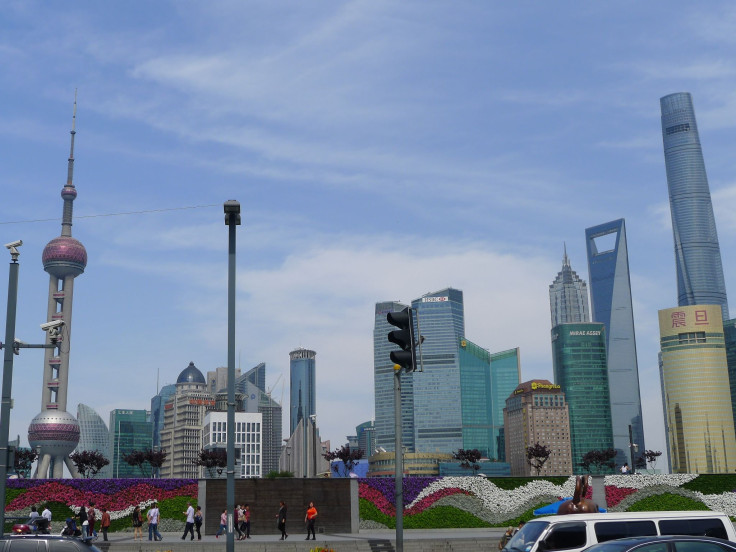
Architect Marshall Straballa, who worked on the original design, described the building as a “beautiful machine” during a recent visit. Its twisted shape reduces the structural load and saved around $60 million on the cost of steel and other materials used, while its double-skinned glass exterior is “like a thermos bottle, which increases insulation significantly,” he says, estimating that it will save $150 million in energy costs over 50 years. Gensler has described the Shanghai Tower as “the greenest super-high-rise building on earth.”
“Supertall buildings have to be unique,” said Straballa, who also worked on the world’s tallest building, the Burj Khalifa in Dubai, which stands 830 meters (2,722 feet) tall. He said the Shanghai Tower’s design is intended to provide a counterpoint to its two, not quite so tall neighbors:
“The Jin Mao Tower is a building that references China’s past -- it’s a stainless steel pagoda,” he explains. “The Shanghai World Financial Center is a building about China’s present, a country opening up to foreign investment -- a Japanese developer who came to Shanghai and built a very sharp building. This building,” he adds, “is about China’s future, which is more transparent, more open -- it’s a building for people.”

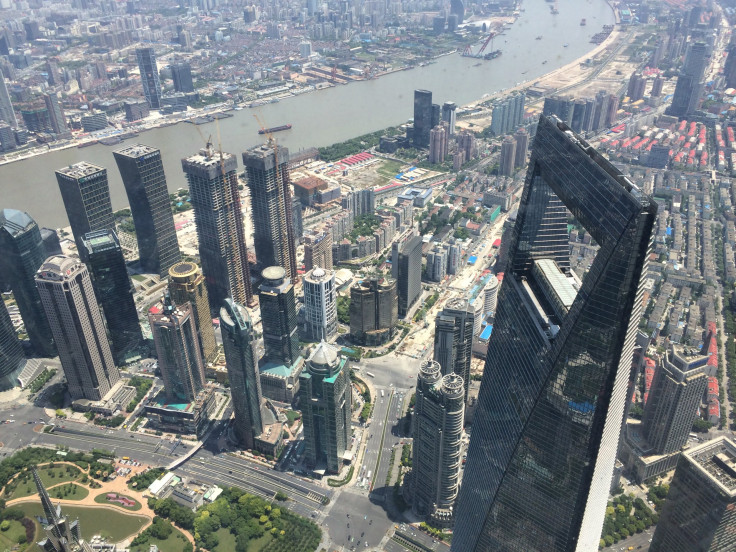
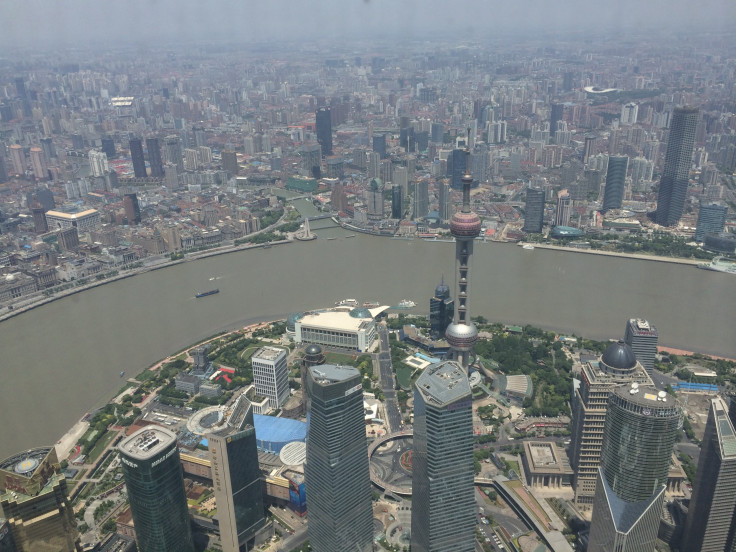
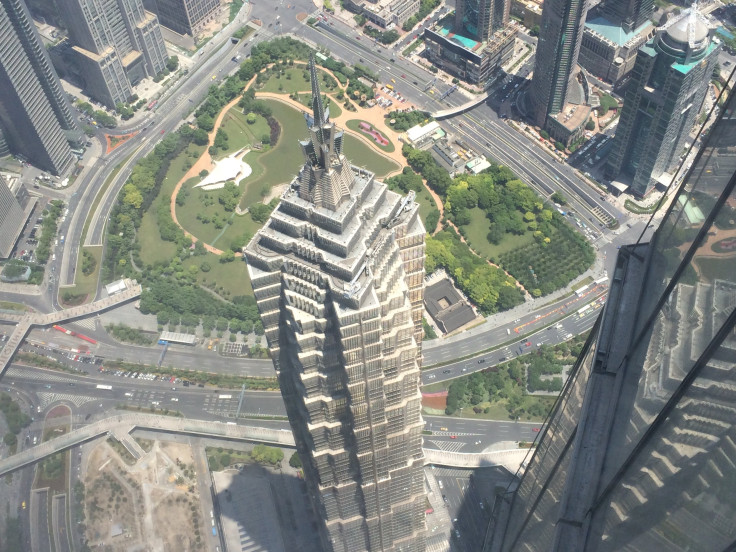
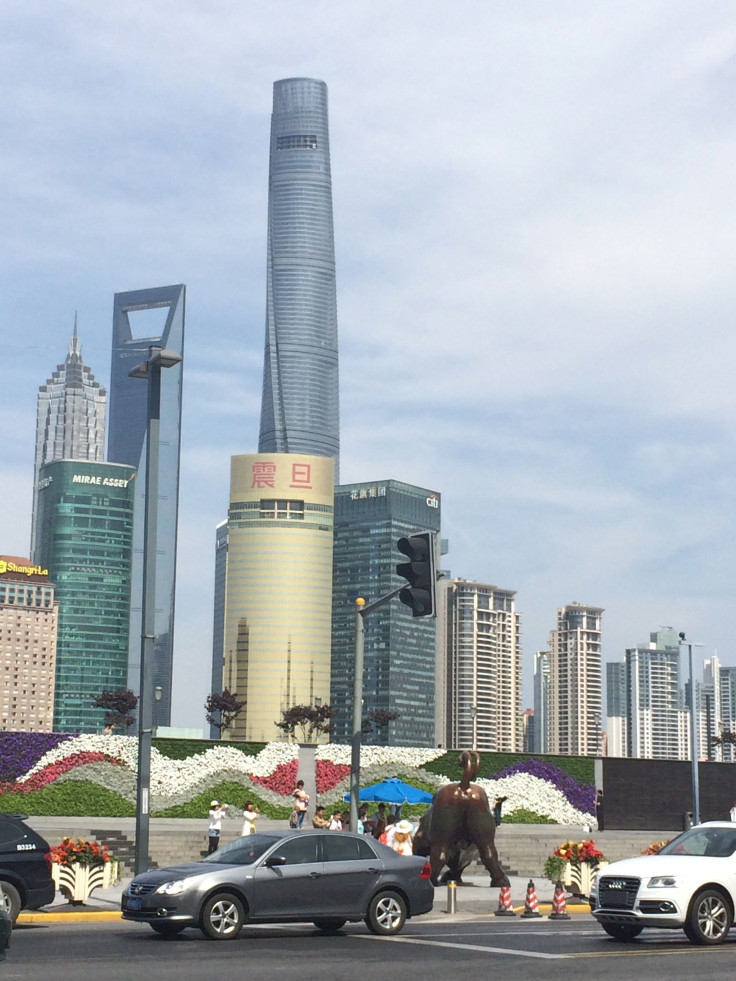
© Copyright IBTimes 2025. All rights reserved.






















